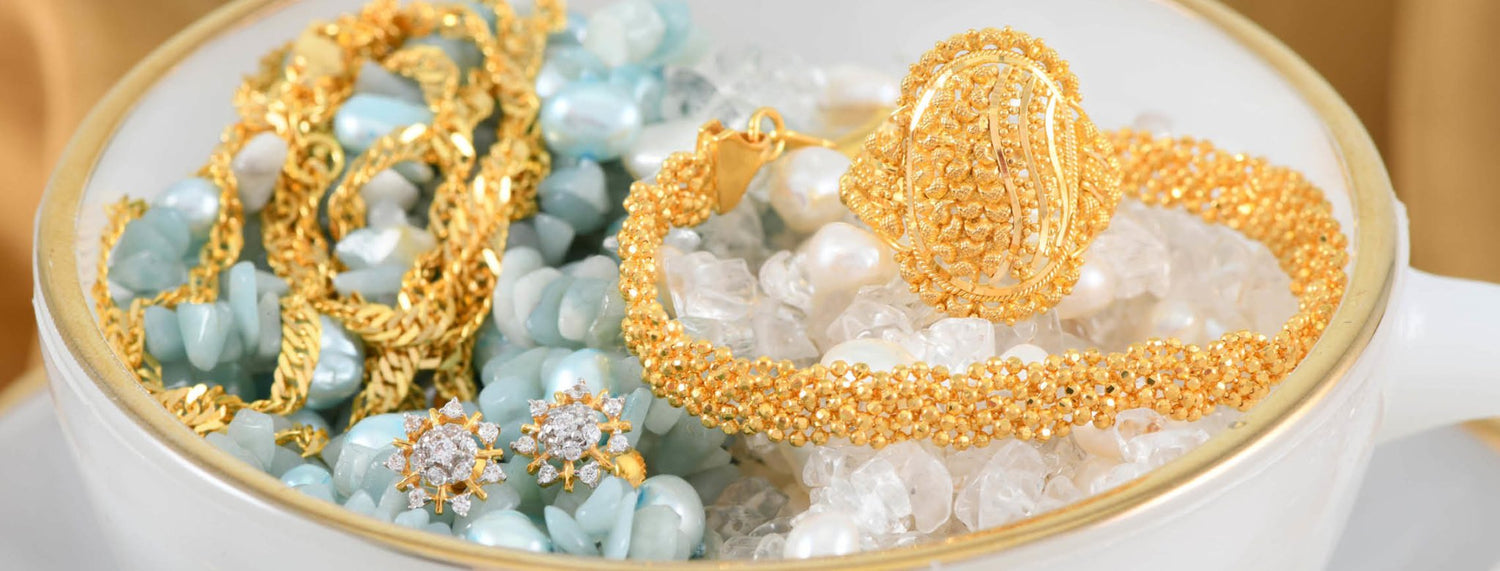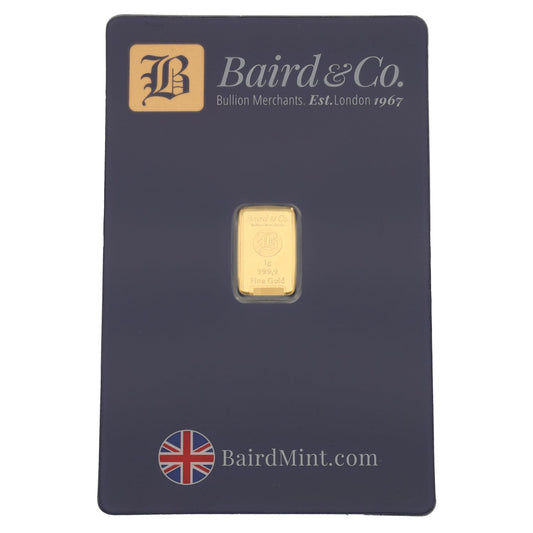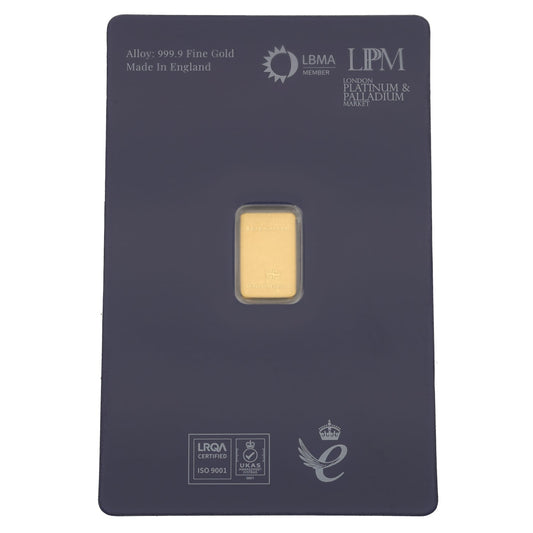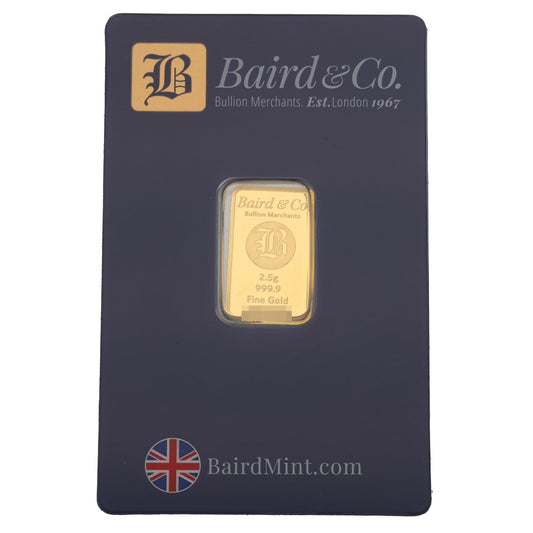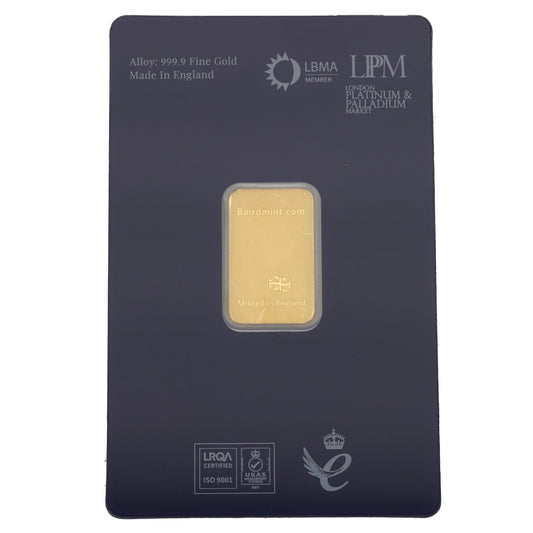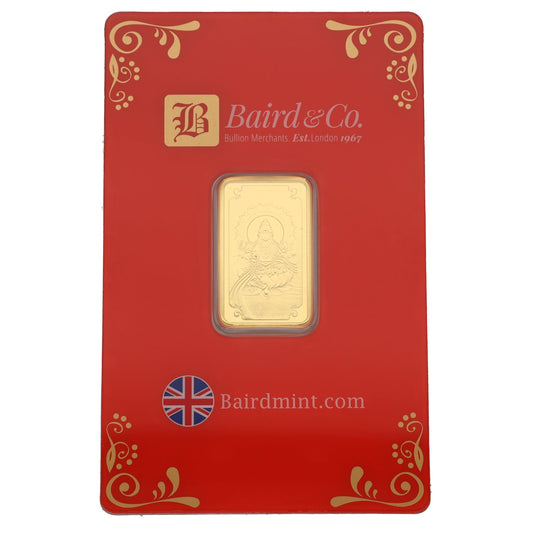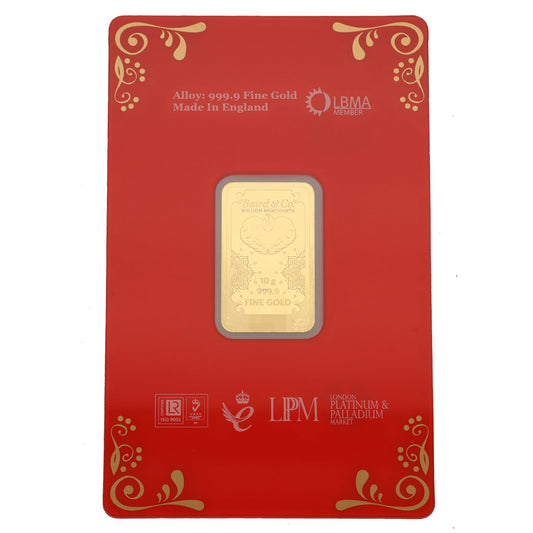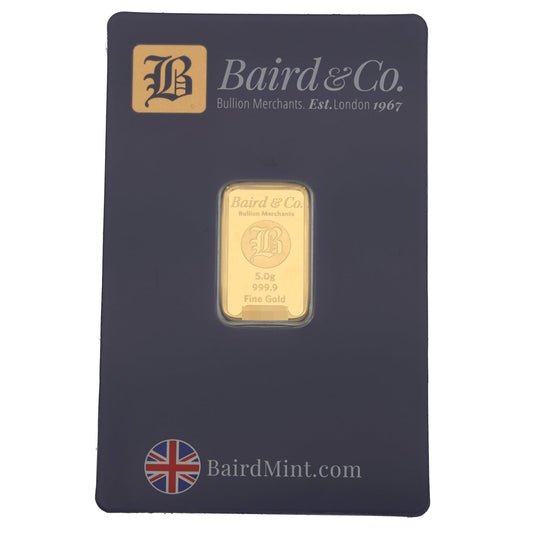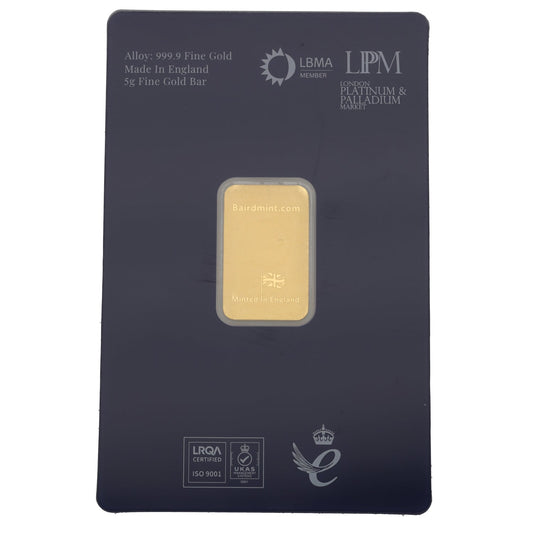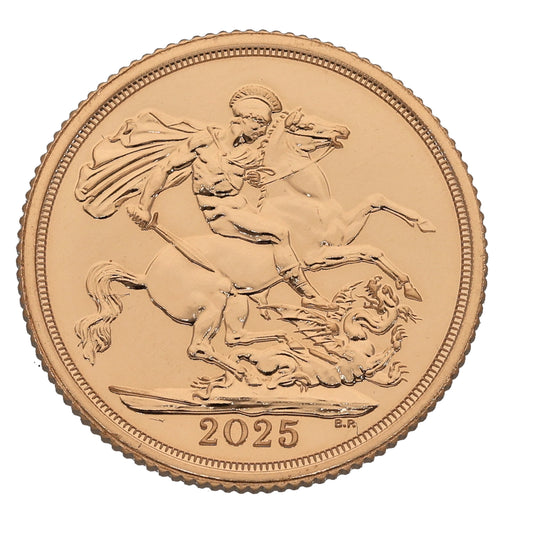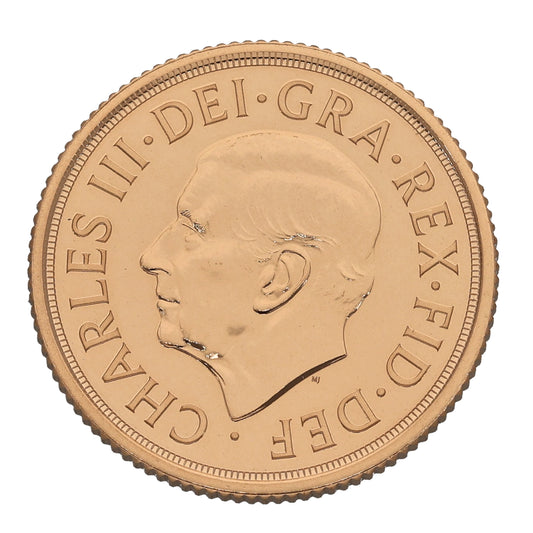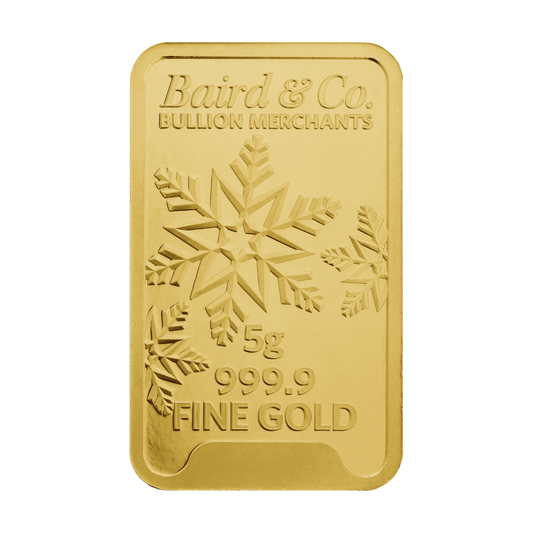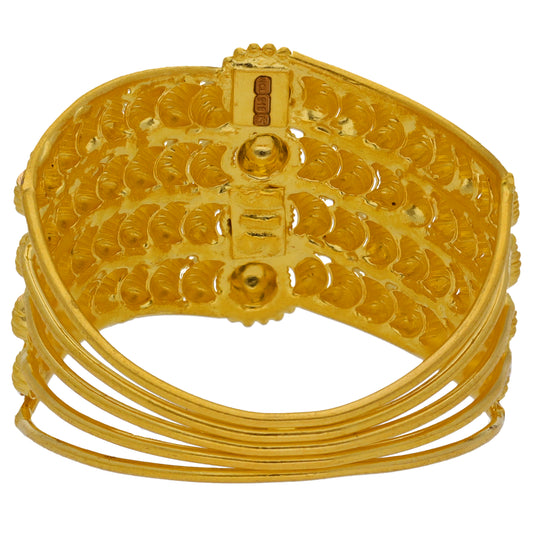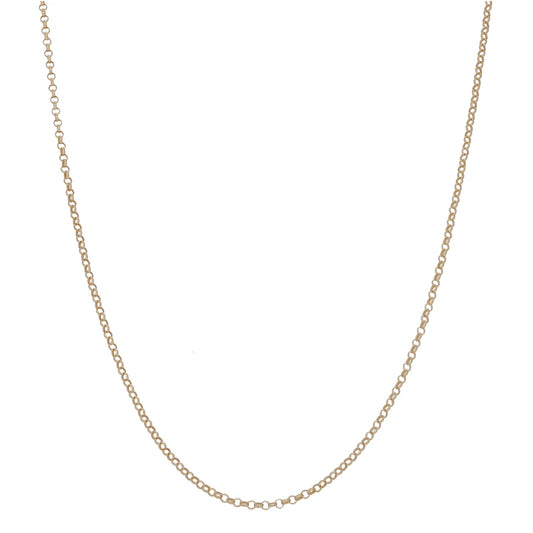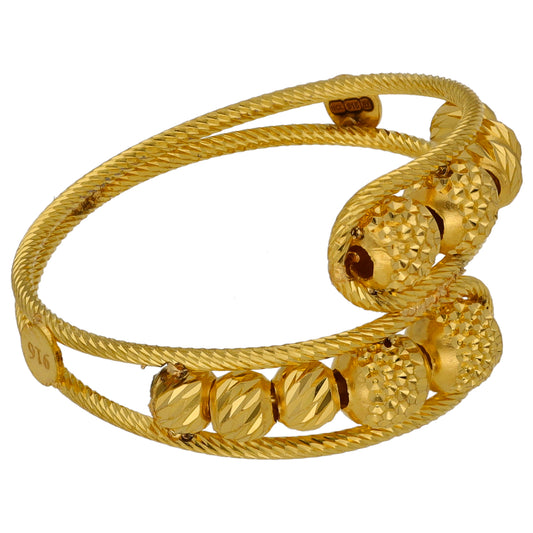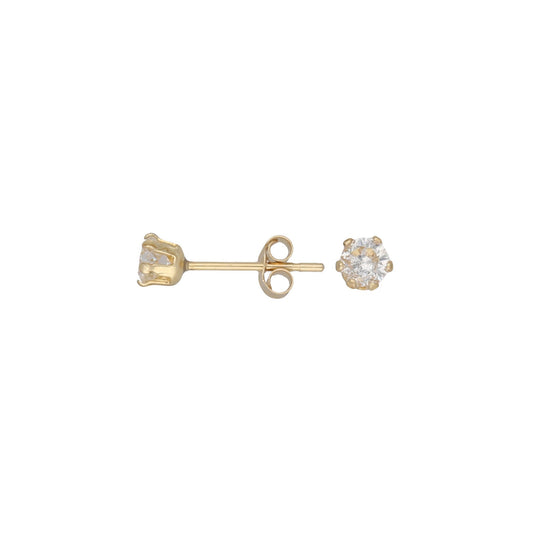Whether you’re looking to buy or sell a timepiece, or you simply want to find out more about your favourite accessory, learning about the anatomy of a watch is a great place to start. Knowing how each part of your timepiece functions will give you a much better understanding of the watch overall, which is particularly helpful when it comes to buying a new one or getting repairs done.
Our watch anatomy diagram above shows you the watch part names and exactly where each part is. And to give you a better understanding of how your timepiece works, here’s a break down of the job of each of these watch parts:
Band: The band (or the strap) is what straps the watch to your wrist. It can come in a variety of materials, with the most common being leather, metal bracelet, fabric, and rubber.
Lug: This is what secures the strap to the watch and is sometimes referred to as the “watch horns”. Lugs come in different sizes and widths so make sure to measure in between the lugs before shopping for a new strap.
Bezel: This goes around the watch crystal to secure it in place. While they are usually there for the aesthetic of the watch, they can be functional too. Watches that have rotating bezels can be used by divers to help them keep the time when underwater, and some can be used to set different time zones.
Dial: The dial (or the face) of the watch is what displays the time.
Hands: These are the moving markers on the dial which tell you the time. There are usually three hands on the watch, for the hour, the minute, and the second.
The aperture: This is a small box on the dial of the watch which can display a variety of other information. It usually indicates the date but can also show you moon phases and tell you whether it’s day or night.
Crown: This is a small rotating button on the outside of the watch, usually on the right side of the timepiece. You use this to change the time of the watch by turning the crown and the hands will follow. On mechanical watches, the crown is also used to add power to the movement by manually winding it clockwise.
Pusher: The pusher is also a button on the outside of the watch. Usually found below the crown, this button is used to change and control the timepiece’s additional functions, such as the date, moon-phase, alarm setting, and more.
Watch crystal: The crystal is the cover of the watch dial/face, which keeps the internal mechanism protected. It is made to reduce glare so the watch can easily be read in most conditions, and is usually made out of acrylic, glass, or synthetic sapphire.
Jewels: These can be found in the movement of a mechanical watch. They are usually small synthetic sapphires or rubies, and they act as bearings to reduce friction for the wheels. You can find out more about mechanical watches in our guide to watch movements.
Rotor: These are only found in automatic timepieces and are used to wind the watch and reserve power. They are powered by you moving your wrist whenever you wear the watch.
Case: This is what holds the watch together and protects the movement from damage. They come in a variety of shapes, with the most common being round, tank, rectangle, and square.
Now you know exactly what goes into a watch, why not treat yourself to a timepiece from our collection? We have a fantastic variety of pre-owned watches for men and women, from some of the best watchmakers on the market, including Breitling, Rolex, Tag Heuer, Omega, and more.
And if you’re ready to say goodbye to one of your timepieces, consider selling your watch to us today for a fair price.
